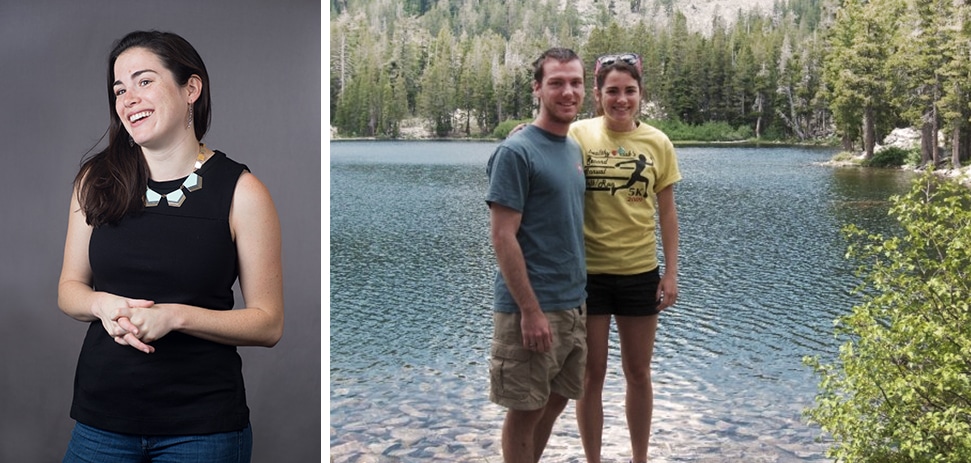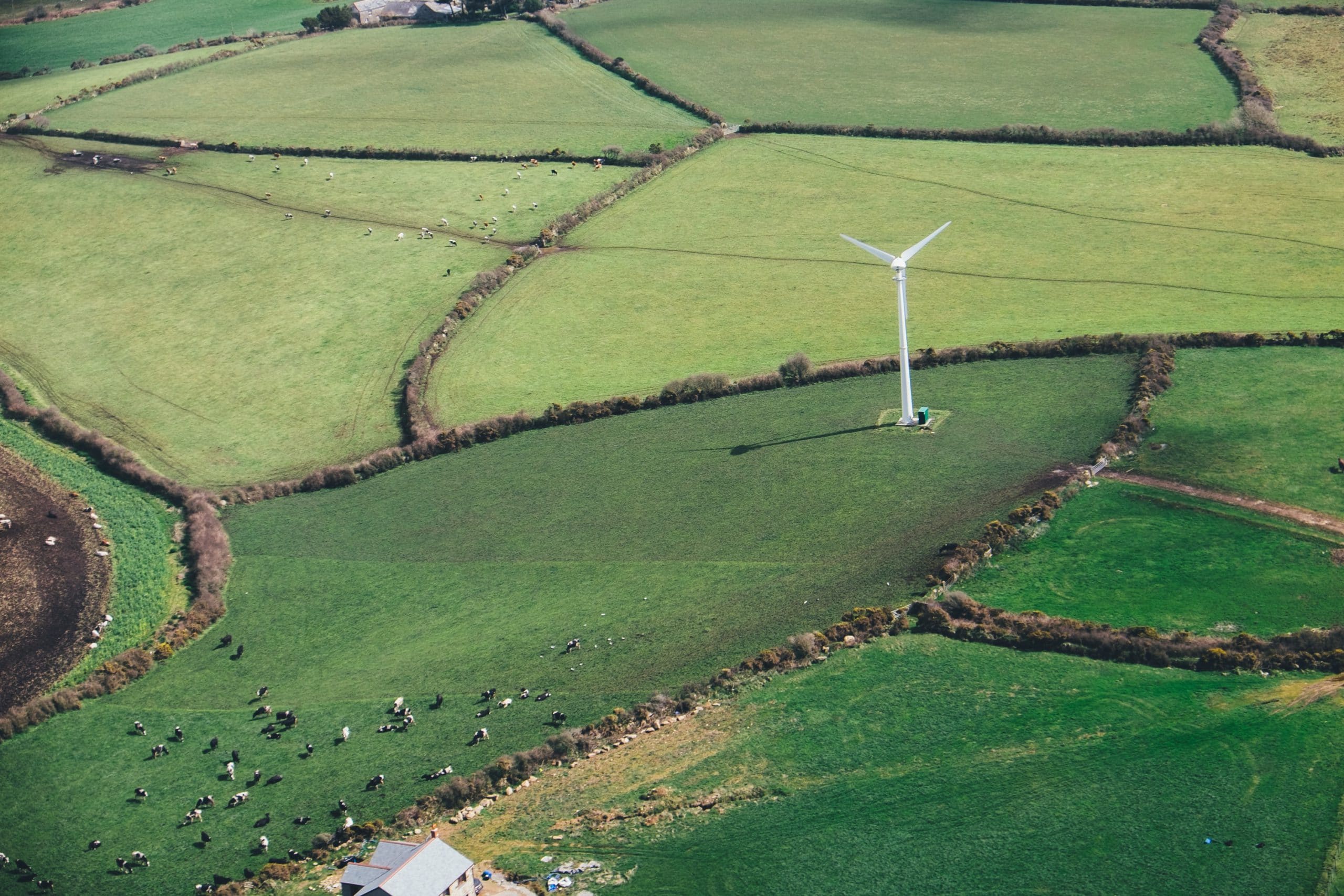
These are exciting times for companies and institutions interested in expanding their commitment to renewable energy. An evolving landscape is providing more options. But with more options comes more complexity.
At 3Degrees, we talk to a lot of clients that are interested in the procurement of renewable energy but aren’t always sure where to start. The purpose of this series is to help those new to renewable energy procurement better understand – at a high level – the options available to them. We will provide an overview (including the pros and cons) of each of the main options, including:
- on-site generation
- off-site, physical power purchase agreements (PPAs)
- off-site, virtual PPAs
- virtual net metering
- direct investment, including tax equity
In this first article, we will discuss on-site generation. In later articles we will discuss the other options.
Before diving in, it is useful to review the primary benefits renewable energy procurement provides to organizations. They are fourfold:
- Sustainability initiatives: Most companies considering direct procurement have clear corporate goals to reduce their carbon emissions and/or increase their usage of renewable energy.
- Economics: For the organizations we work with, the economics of a transaction are as important as the sustainability results. Generally speaking, projects must provide both financial and environmental benefits to the company. Direct procurement can reduce costs, diversify energy supply, and hedge against future energy market volatility.
- Brand reputation: These projects can help a company strengthen its reputation as an environmental leader. Press coverage is common and can build positive brand impressions. Further, direct procurement can meet customer and investor requests to achieve meaningful sustainability goals.
- Transparency: Investors and customers are increasingly interested in companies disclosing the impacts of their operations on the environment. Companies that measure their environmental risk are better able to manage it and drive desirable action. The Carbon Disclosure Project is a good example of this global movement towards transparency.
On-site solar generation
Overview
Simply put, on-site solar generation involves installing equipment to generate renewable energy at the location where it is consumed. These projects are most often installed in states that allow net metering. Net metering is a state-specific policy set which allows customers to deliver surplus generation to the electric grid and spin their meters backwards, resulting in a credit from their retail energy service provider. However, on-site systems don’t have to be net metered and can simply serve on-site load directly. On-site renewable energy procurement is well established and examples of such corporate and institutional transactions are widespread. Solar power is most common (examples include IKEA and Kohl’s), but on-site generation can also include wind (Budweiser, Nestle), geothermal (Colorado, Idaho, and Oklahoma state capitols), biogas (New Belgium Brewing Company), and landfill gas (BMW, GM).
Pros
On-site generation has a number of things working in its favor: cost savings, availability, ease of transaction, and visibility.
- Cost savings: On-site systems can provide immediate savings with a PPA or equipment lease structure or an attractive return on investment over time with asset ownership. In these cases, the PPA or lease payments are less than the customer’s retail electric rates and are fixed for many years to come, as compared to retail tariffs which tend to rise with inflation. Similarly, with direct ownership, the upfront cost of the system will be offset over time by reductions in the electricity bill. In certain cases, on-site generation can also help reduce demand charges (i.e., those retail charges tied to the maximum power required to serve the customer)
- Availability: On-site opportunities are also broadly available. Forty-four US states (and DC and Puerto Rico) – or forty-three depending whether you consider the recent changes to Nevada net metering rules – allow net metering helping to create economic opportunities across the country.
- Ease of transaction: On-site PPAs, leases, and asset purchase are common, and the contracts themselves have become more standardized over time. The direct consumption of on-site generation (and the resulting economic benefits) is also simple and straightforward, making it easier to gain support from internal stakeholders. Together, these dynamics can facilitate a swift and smooth contract execution. In addition, on-site generation can be integrated easily into a diversified and well-balanced renewable energy portfolio.
- Visibility: On-site projects are often visible to the host company’s employees and customers, which helps in messaging. Equally important, on-site projects are easy to explain and easy for stakeholders to understand, creating strong marketing and brand building opportunities.
Cons
One of the most significant benefits of on-site generation – location – can also be its largest drawback. The location of the system can be a challenge in a couple of ways: space and resource availability and site permissions.
- Space and resource availability: First, these projects can require significant space – either rooftop or land, which may not be readily available. The result is that on-site projects typically only offset a portion of the electricity purchased from the customer’s retail electric provider. It is also important to take the energy resource into consideration. In the event of poor resource exposure, large buildings, trees or other obstructions, the projects may not generate the desired level of savings.
- Site permissions: Next, a company must also have the right to install the on-site project. In situations where the customer leases the property, they may not be permitted to install the project or the term of the PPA or solar lease may be longer than the underlying property lease.
Risks
Although on-site facilities tend to fall lower on the risk spectrum, we see two main types of risks: performance and regulatory.
- Performance risk: There is always the risk that the system does not operate as designed, which can affect cost savings and projected returns. This risk is minimal as solar power is a mature technology and can be further mitigated by working with experienced developer and installers.
- Regulatory risk: The economics of on-site projects typically hinge on the existing regulatory framework (most notably related to how excess generation is credited to the customer). Often, operating on-site projects can be “grandfathered” from the impacts of regulatory changes, but there is no guarantee that this will be the case. 3Degrees helps customers monitor the regulatory landscape to identify any potential rule changes early, understand the potential impacts, and advocate for rules that maintain the benefits in place when the project was installed.
Procurement
There are number of options for structuring and realizing an on-site deal. The three most common are:
- Asset purchases by which companies purchase the system outright and realize the tax benefits by monetizing the investment tax credit (ITC). The advantage of this structure is that the project is fully owned and, if properly maintained, will have a significantly longer useful life than the typical 15-20 year PPA or lease. The primary disadvantage of this option is the upfront capital requirements which can make it more difficult to sell internally.
- Power purchase agreements (PPAs) are a very common way to purchase on-site renewable generation. In this scenario, a developer owns and operates the project, and the customer pays the developer for the energy generated by the project at a predetermined rate. The benefit of this option is that it does not require upfront capital and the system Operations & Maintenance is handled by the developer. Importantly, this option necessitates a long-term relationship with the owner/operator of the project (increasing the importance of picking the right one).
- Renewable project leases are similar to PPAs, but the payment is not directly related to energy production. The costs and benefits of an onsite renewable project lease are similar to a PPA, and customers can similarly protect themselves through performance guarantees in the leases.
In summary, on-site generation projects are a common, easily understood way to procure renewable energy. This structure offers substantial (typically limited) benefits but must be implemented carefully to optimize cost savings and mitigate potential risks, highlighting the importance for even savvy customers to engage a partner who can help them navigate the many decisions along the procurement process. In future articles we will cover the pros and cons of off-site renewable energy projects.









Recent Comments